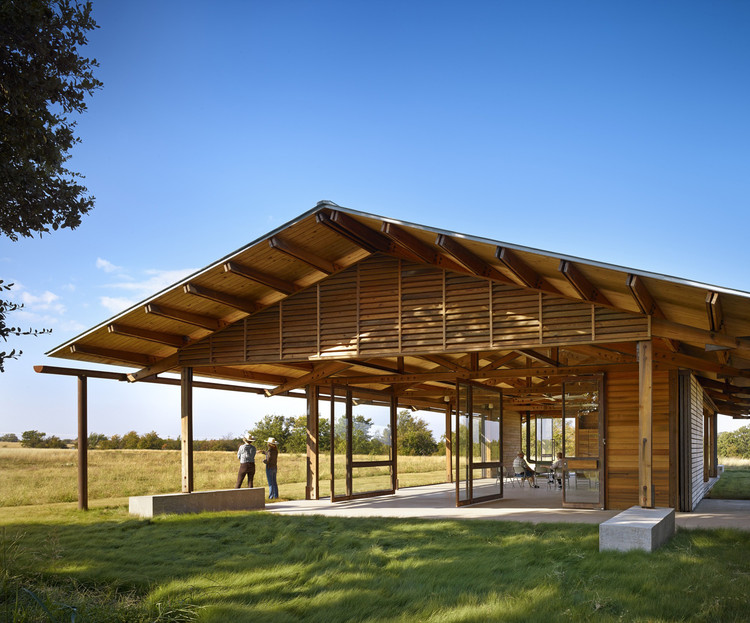Building that last: DESIGN FOR ADAPTABILITY, DECONSTRUCTION, AND REUSE
BENEFITS OF DESIGN FOR DECONSTRUCTION
All good things must come to an end—even buildings. And when they do, what happens next? Typically buildings are demolished, with all the materials destroyed and mingled together, and most of it going to landfills. But that’s not the only way to take down a building. Building materials are valuable items, and when removed intact through a process called “deconstruction” or “disassembly,” they can be reused in other buildings. During this process, workers sort materials, separating those that can be reused in other buildings. Those that can’t be reused can often be more readily upcycled, recycled, or, if need be, downcycled when they’ve been carefully separated. Design for deconstruction is the intentional design of buildings to make it feasible to deconstruct them and reuse the intact materials in other projects

